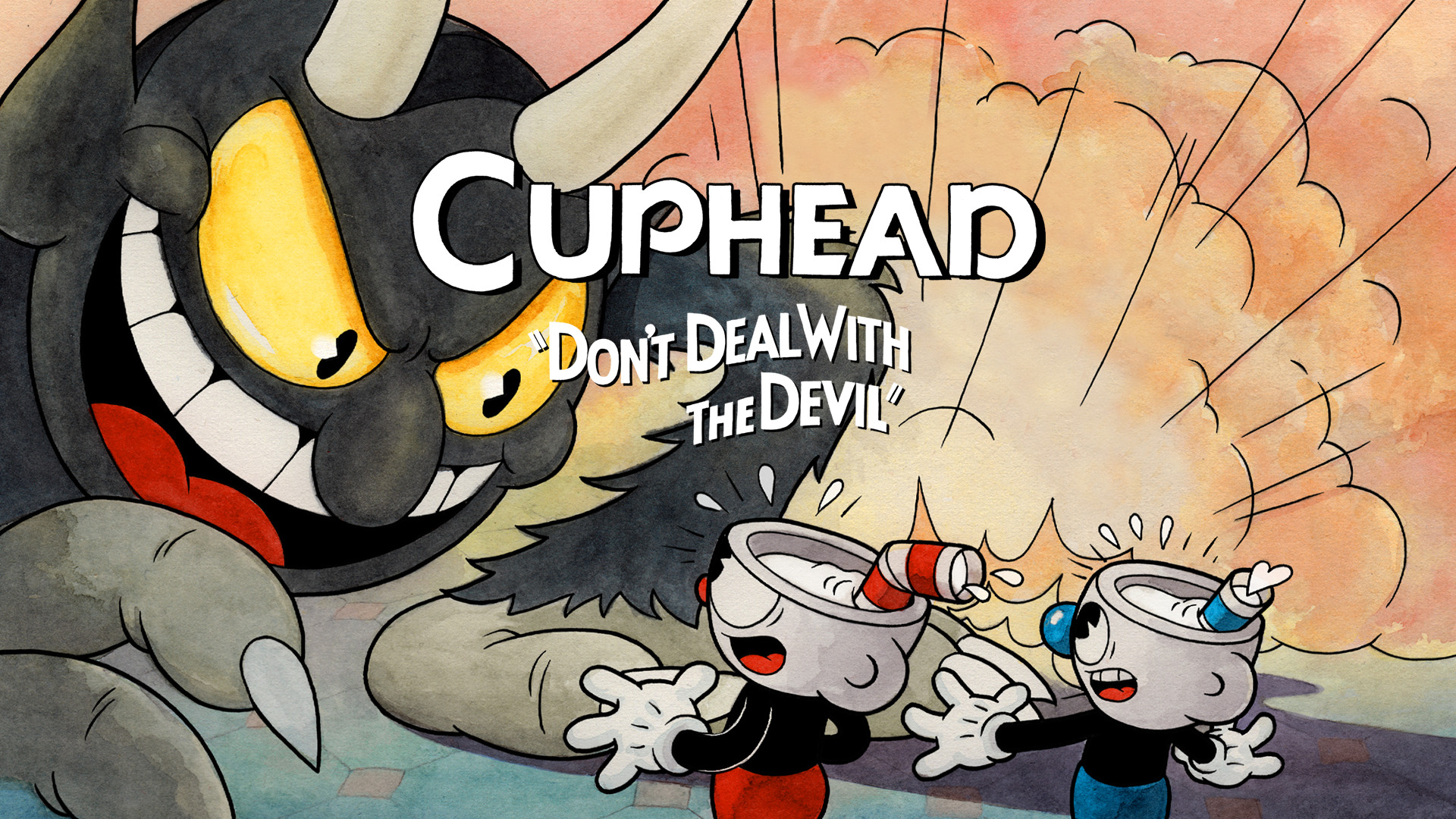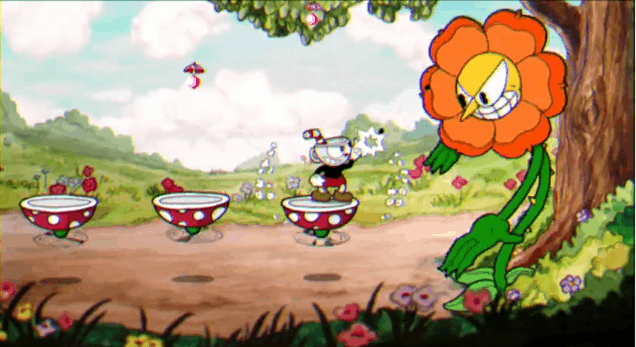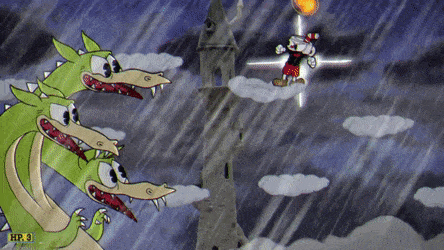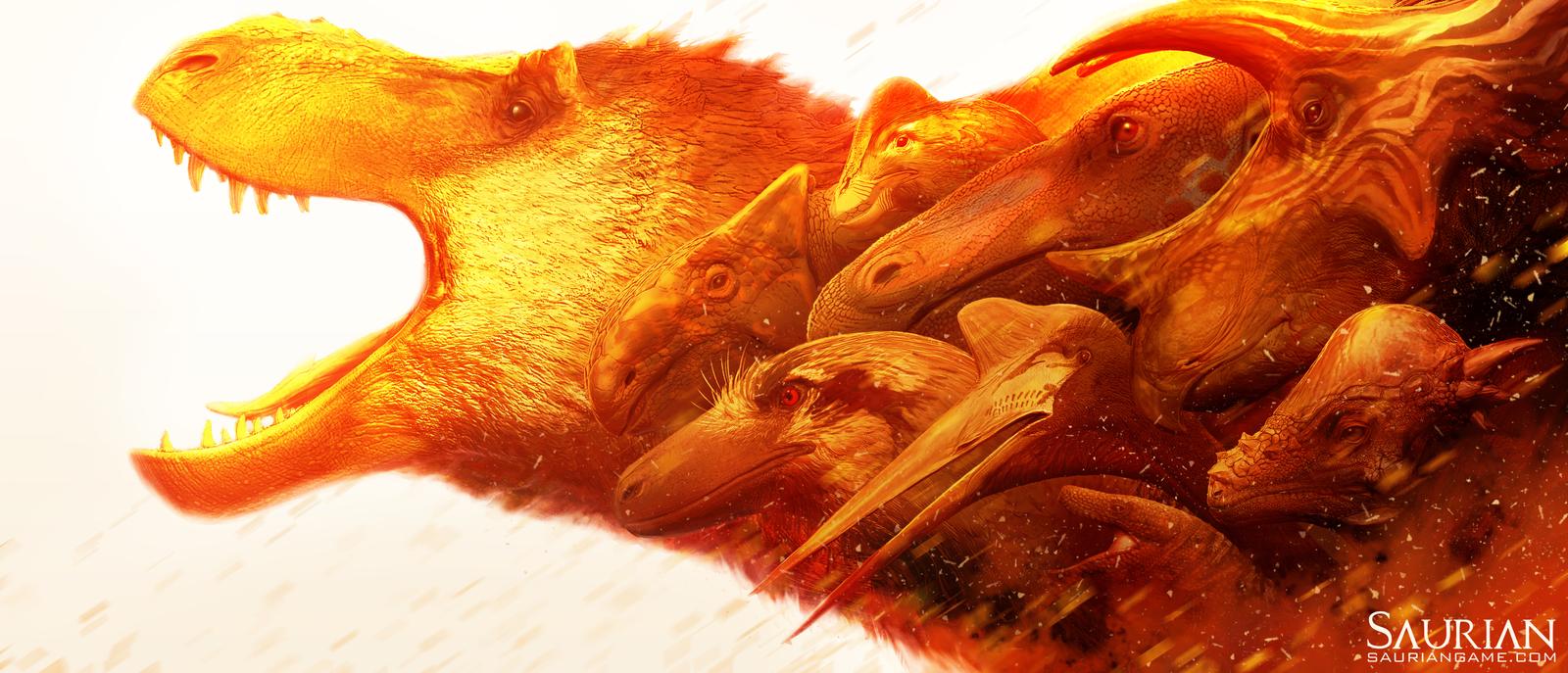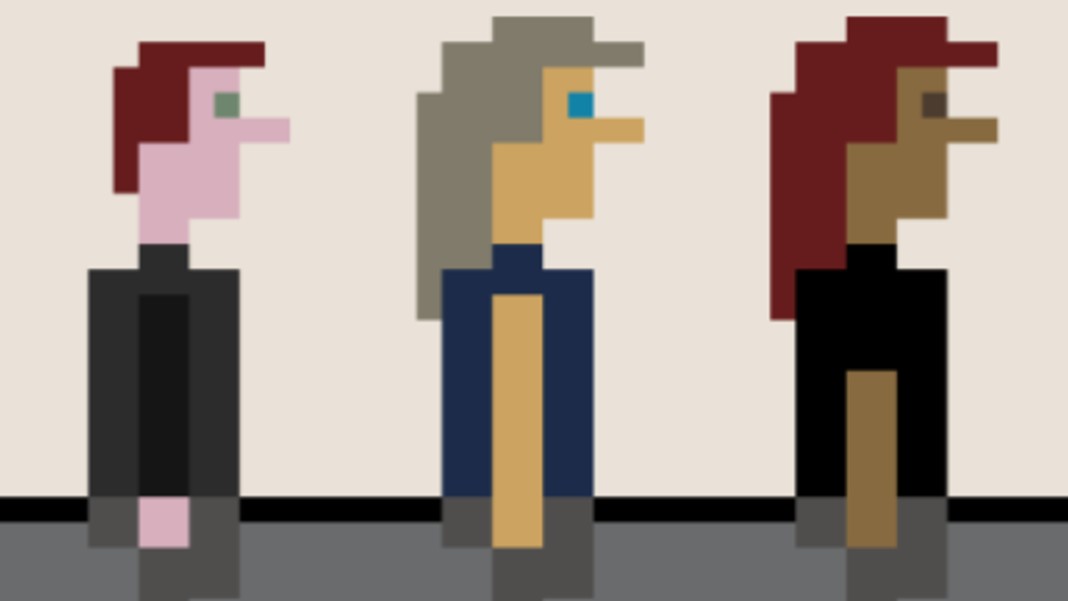One-hundred-and-sixty. That’s how many times I have died to date. As a cartoon mercenary working for the devil himself, it is up to me to collect the souls of the living, and let me tell you, they have no interest in passing on.
I jump, dive, fly, shoot and dodge from one level to the next, death breathing down the nape of my neck, er, cup? Straw, maybe? My name is Cuphead, and my world is the Trojan Horse of frustration and difficulty.
Okay, I’m not actually Cuphead, but I played him on television. Well, Cuphead was on the TV, I was just holding the remote. But his life was in my hands, and I failed him miserably.
Hard With a Capital “H”
First, I would like to direct you to the one-hundred-and-sixty times Cuphead was brutally murdered by my own careless hand. I am not the best gamer in town, but there is only one other title that has killed me a cumulative one-hundred-and-sixty times on single player in a matter of hours, and that is Dark Souls III, the poster-boy for difficult games.
Despite the friendly cartoonish nature of Cuphead, it is often less forgiving than the endless chasm of undead monsters waiting outside Firelink shrine. I grinded Halo 3 solo on Legendary, navigated the original Myst and completed the alternate route in Starfox 64 when I was a mere child; I am no stranger to difficult games. Cuphead threw me for a loop.
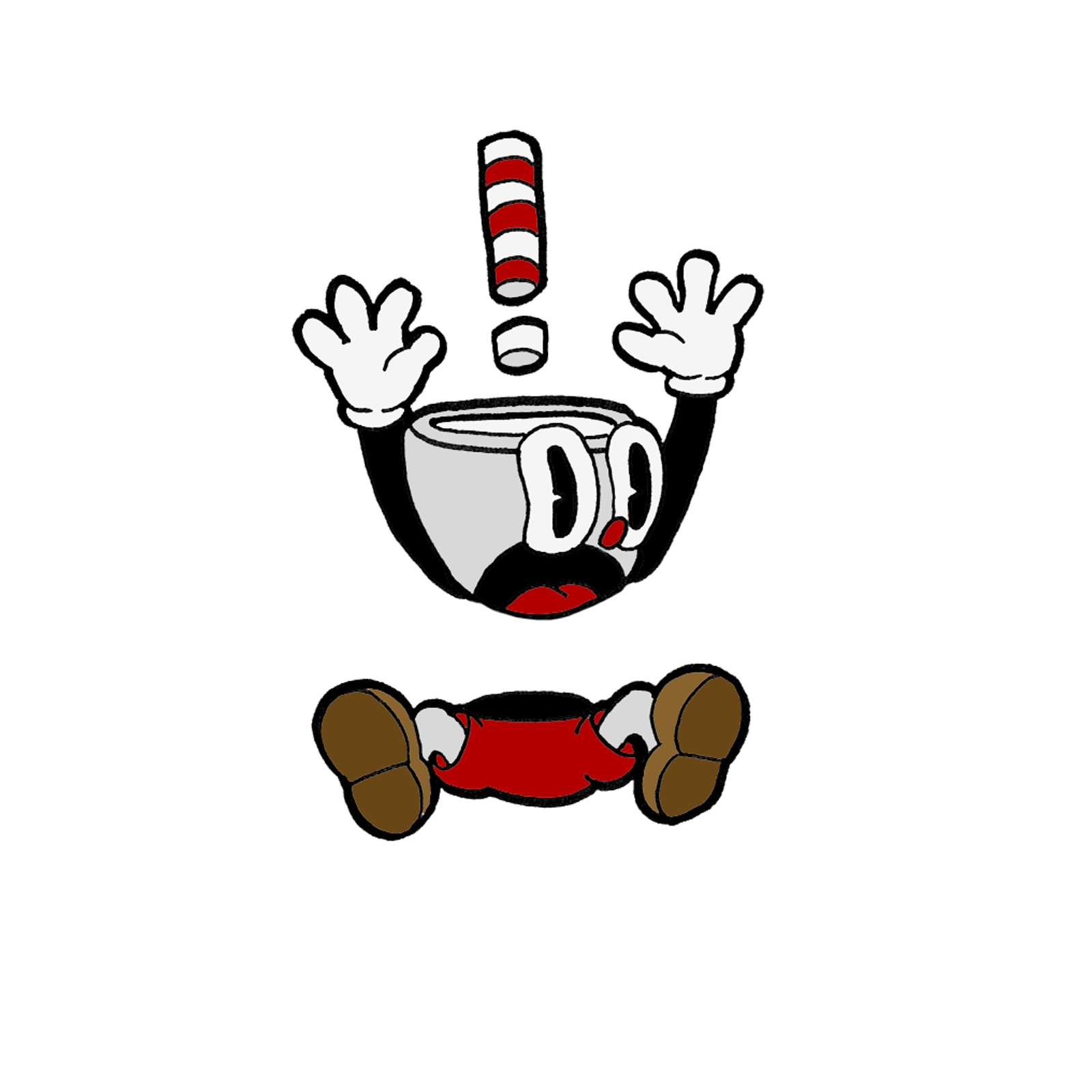
Thinking about the boss fights makes the tips of my fingers tingle; my mouth gets dry and it is hard to blink. Sometimes I grind my teeth when I watch classic Disney films. I call it Post-Traumatic Cuphead Disorder, or PTCD for short. Not really, but you get the point; it stays with you, like a good game should.
Cuphead: The Modern Sisyphus
For those who aren’t aware, Sisyphus is the king from Greek mythology that was punished by the gods and sentenced sentenced to push a giant boulder uphill for all of eternity. Every time Sisyphus made enough progress, the boulder would come crashing down the mountain again, forcing him to start all over from the beginning.
So goes the tale of Cuphead. I’m almost there; I know it is the last evolution of the current boss fight. I am weaving between ballistic projectiles and blasting away, hoping, praying the next round is the one that puts the monster down for good. I have one hit point left; this is do or die. And I die, again, and again, and again. Next thing I know, I am fighting the same boss again for the twentieth time and that boulder slips loose from my hands and tumbles down the mountain. I begin again, same as I always do.
While the concept is relatively simple, the task itself is extremely difficult. The objective in Cuphead is simple: win. Winning, however, is of an arduous nature akin to pushing a boulder uphill.
Minutes and Hours and Days and Years
In the end, each boss battle only takes a couple of minutes, but those couples of minutes add up very quickly. Soon monotony will set in and your brain will cease to notice the passage of time. The sun will rise, reminding you that the real world is still turning, even if it isn’t as exciting or jazzy as Cuphead.
Still, you continue to play. Work can wait, you already have Cuphead, what else do you really need? Food. Call Dominos. Bathroom? Get a bedpan so you don’t need to leave the room to pee. Water? That’s what the bedpan is for. Go to rehab for Cuphead. Graduate from rehab, relapse, keep playing Cuphead.
Eventually you lose everything to Cuphead, but that’s okay, because Cuphead is a one of a kind experience that is not available anywhere else. Cuphead is the classic game that classic games wanted to be. It’s like Studio MDHR went into the 80s, smelted all their great run-and-gun arcade titles together into one awesome game, and brought it back to 2017, fully aware the public would need at least thirty years to let the rest of the gaming world catch up.
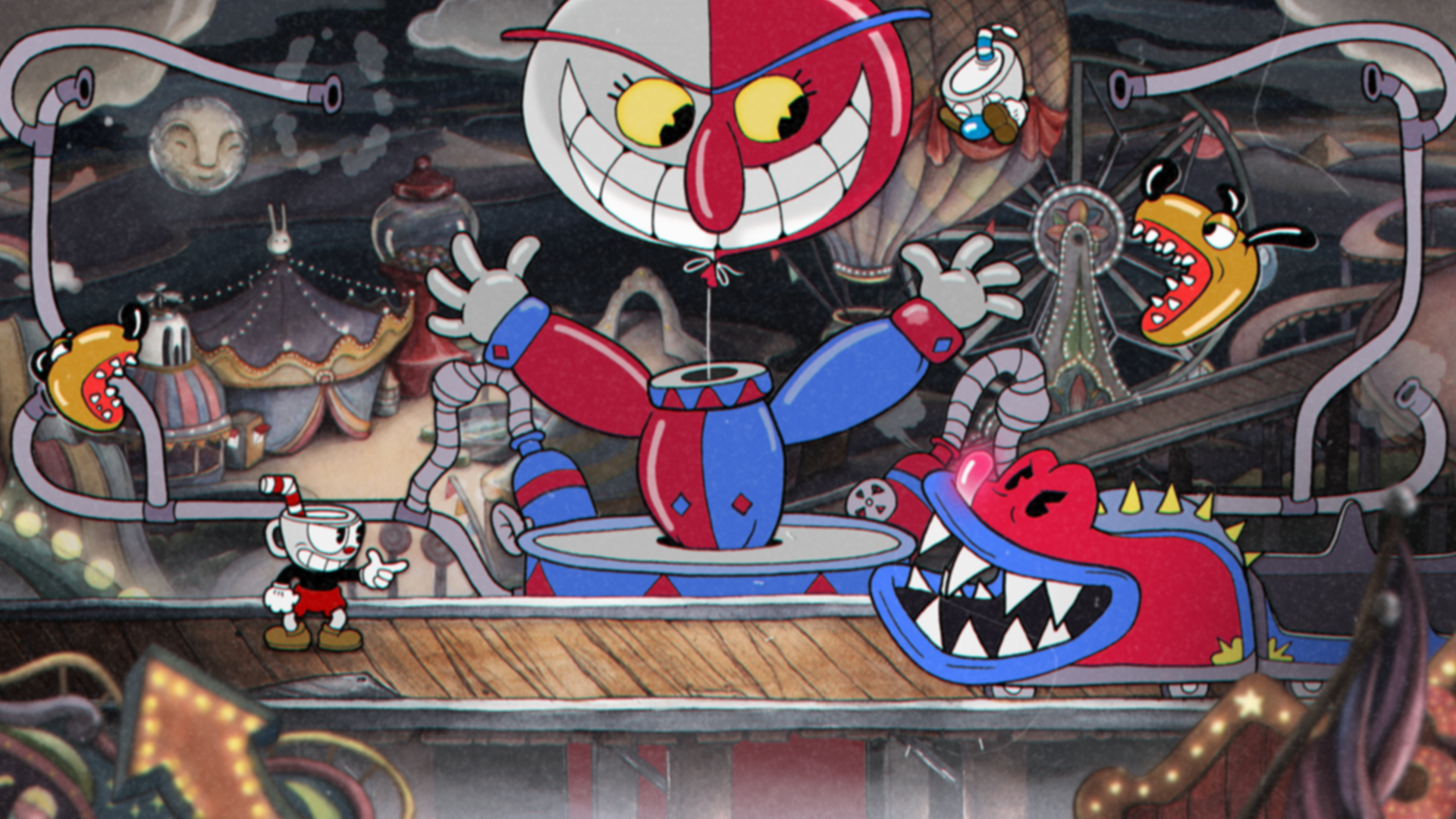
Cuphead’s Primary Success
Cuphead’s simple control scheme lets players rely on their reflexes rather than their wits, though an astute assessment of a boss’ attack patterns and weaknesses rewards those who decide to use their brains as well. The difficulty of the game comes from the boss’ increasing frequency and wide variety of attacks. With most of the game consisting primarily of boss fights, the player is forced to constantly develop new strategies and adapt to new and different enemies on a regular basis; it keeps the player attentive and invested.
What we get from this is a perfect combination of gameplay and level design resulting in a chaotic yet straightforward title that feigns staleness even over multiple instantiations of the same boss battles. Is it the best game of all time? No. Is it the best game in the classic arcade genre? I think so. If you’re here for a story or role playing or whatever, you’re in the wrong place. For fans of the classic run-and-gun arcade titles, this game was made for you.
